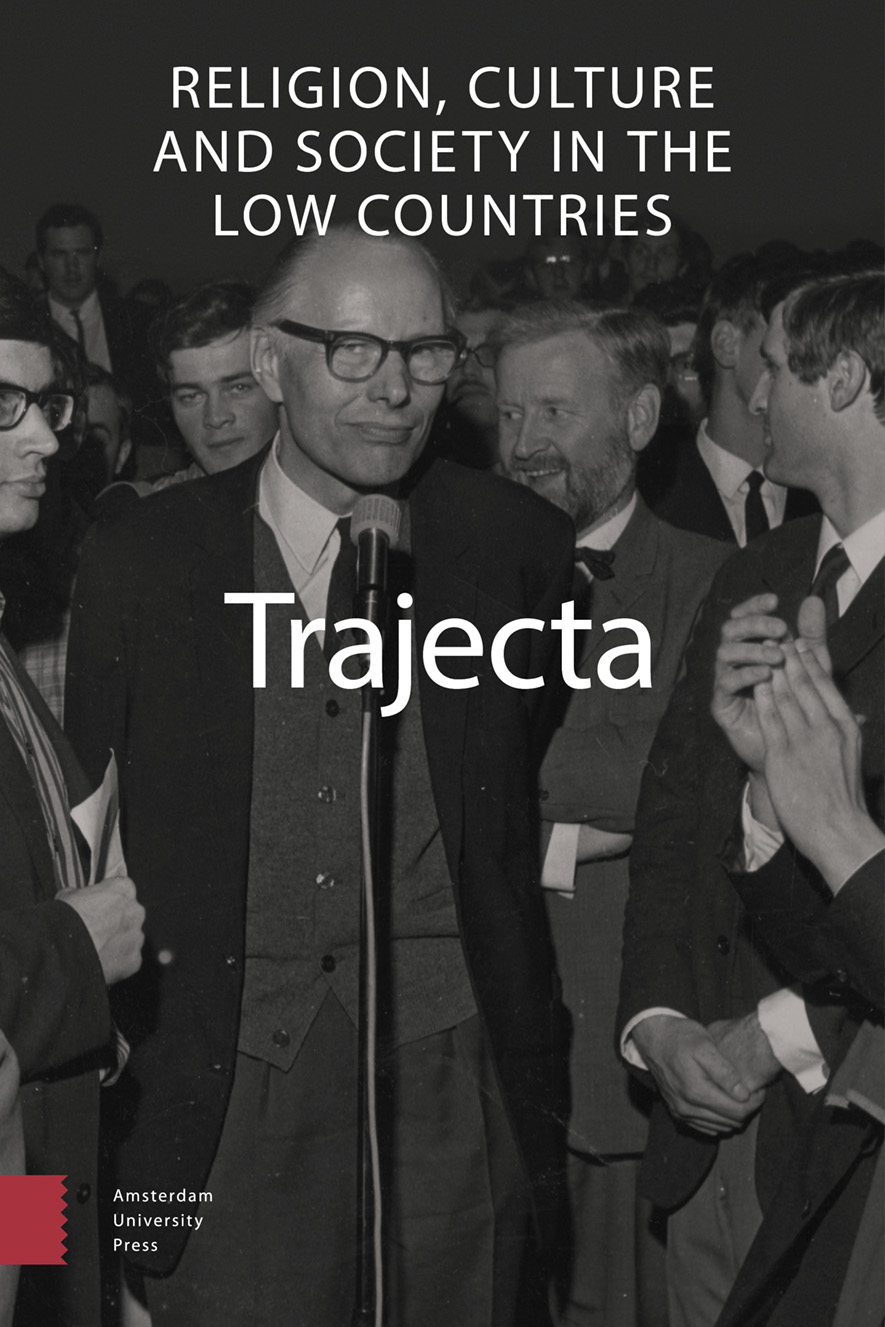-
oa Pionier tegen wil en dank
De Sint-Jozef Arbeiderkerk van Marc Dessauvage in Vosselaar
- Amsterdam University Press
- Source: Trajecta, Volume 30, Issue 1, Mar 2021, p. 150 - 172
Abstract
Contrary to popular belief, almost as many churches were built in Flanders after the Second World War as in the first half of the 20th century. Besides obvious stylistic differences, the post-war churches were above all distinctive in terms of their location and typology. In the first place, they were a response to the strong demographic growth and the spatial policy (or rather: the lack thereof) that led to a ubiquitous expansion with new developments in the periphery of the existing cities. In addition, the changing role of the Catholic Church in the post-war society also called for different kind of church buildings; the sense of community became central. In Flanders, this theological, liturgical and typological quest was best expressed in the work of Marc Dessauvage (1931-1981); as unofficial architect of the archdiocese, he built twelve churches and two chapels in ten years. However, the progressive élan embodied in his oeuvre was rather short-lived: from the 1970s onwards, its public support disappeared systematically. Dessauvage’s churches proved to be especially vulnerable in this process: because of their peripheral location, often poor building physics and brutalist style, they were the first victims of the rationalisation of the parish landscape that was imposed from the 1980s onward. This article discusses the Sint-Jozef Arbeiderkerk in Vosselaar, which Dessauvage built between 1959 and 1967. The hypothesis is that this building is not only particularly representative of the cultural context of the 1960s, but can also be considered a pilot project from both a historical and a contemporary perspective. It embodies, like no other, the innovative vision of church-building favoured by the progressive Catholic elite in the context of Vatican II, and also it fulfils a pioneering role today as the first listed parish church in Flanders to be given a radically different purpose. A brief sketch of the genesis of this building and its subsequent experience, together with a critical look at its current adaptive reuse, allows us to make some general statements about the historical significance and future stance of post-conciliar churches, and those of Dessauvage in particular.


